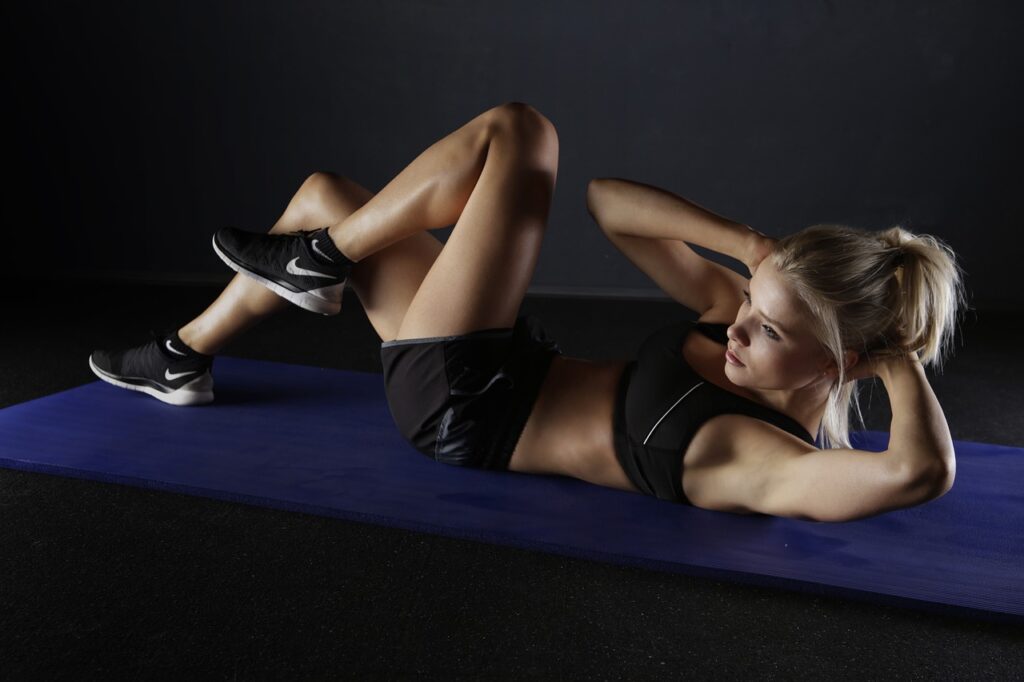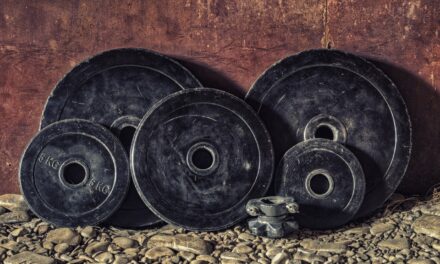Are you wondering whether running on a treadmill is as effective as running outdoors? Look no further! In this article, we will explore the impact and calorie burn of treadmill use compared to outdoor running. Whether you’re a fitness enthusiast looking for a convenient indoor option or someone who enjoys the fresh air and scenery of outdoor workouts, we’ve got you covered. Let’s dive into the details and discover the similarities and differences between these two popular forms of exercise.
Treadmill Use vs. Outdoor Running: Impact and Calorie Burn

This image is property of pixabay.com.
Comparison of Impact on Joints
When it comes to the impact on your joints, there is a noticeable difference between using a treadmill and running outdoors. Running on a treadmill provides a more cushioned surface, which can be gentler on your joints compared to the hard pavement or uneven terrain you may encounter while running outdoors. The belt of a treadmill has some shock-absorbing properties, reducing the stress on your ankles, knees, and hips.
When you run outdoors, the impact on your joints is greater due to the harder surface you are running on. Concrete and asphalt can be unforgiving on your joints, especially if you have pre-existing conditions such as arthritis or joint pain. The continuous pounding on hard surfaces may increase the risk of knee and ankle injuries. However, running on softer surfaces such as grass or dirt trails can help to diminish the impact and provide a more joint-friendly experience.
Comparison of Muscle Engagement
Running on a treadmill and running outdoors engage different muscles to some extent. When running on a treadmill, the belt assists with the forward movement, resulting in slightly less engagement of the hip flexors and leg muscles compared to outdoor running. The constant movement of the belt can decrease the activation of these muscles as they don’t have to work as hard to propel you forward.
On the other hand, running outdoors requires more effort from the hip flexors and leg muscles to provide the necessary propulsion. The uneven terrain, inclines, and various obstacles encountered while running outside engage additional muscles for stability and balance. Outdoor running also activates the muscles in your core, as you constantly adjust and stabilize your body to adapt to the changing terrain.
Comparison of Body Mechanics
The body mechanics involved in treadmill use and outdoor running may differ slightly. When using a treadmill, the belt is responsible for propelling you forward, requiring less forward lean of the body compared to running outdoors. Treadmill running often results in a shorter stride length, which can reduce the impact on your joints but also limit the range of motion in your hips and ankles.
When running outdoors, the absence of a moving belt requires you to generate your own forward momentum. This typically leads to a more natural running form with a longer stride length. Outdoor running allows for a greater range of motion in your hips and ankles, which can help improve flexibility and overall running mechanics.
Comparison of Terrain
One of the key differences between treadmill use and outdoor running is the terrain. Treadmills provide a controlled, flat surface that allows you to maintain a consistent pace and intensity. This can be beneficial for beginners or those recovering from an injury, as it minimizes the risk of uneven surfaces or challenging inclines.
Outdoor running, on the other hand, exposes you to a variety of terrains. Whether you’re navigating through hills, trails, or city streets, the changing surfaces constantly challenge your body and engage different muscles. The varying terrain of outdoor running can help improve your balance, stability, and overall leg strength.

This image is property of pixabay.com.
Comparison of Speed Control
Treadmills offer precise speed control, allowing you to set and maintain a specific pace throughout your workout. This can be particularly useful for those who are training for specific time goals or looking to improve their speed. The ability to control the speed at the touch of a button makes it easy to incorporate interval training into your running routine.
When running outdoors, maintaining a consistent speed can be more challenging. Factors such as wind resistance, uneven terrain, and outdoor distractions may impact your pace. However, the ability to adjust your speed naturally without relying on buttons or controls can help improve your versatility as a runner.
Comparison of Weather Conditions
Running on a treadmill provides a climate-controlled environment, eliminating concerns about weather conditions. Whether it’s scorching heat, freezing temperatures, or pouring rain, you can still get your run in without worrying about the external elements. This can be particularly beneficial for those who live in areas with extreme weather or busy schedules that don’t allow for flexibility.
Outdoor running, on the other hand, exposes you to the elements. While this can make for a more invigorating and natural experience, it also means having to adapt to various weather conditions. Running in different temperatures and weather conditions challenges your body in unique ways and can enhance your mental toughness and resilience as a runner.

This image is property of pixabay.com.
Comparison of Energy Expenditure
When it comes to calorie burn and energy expenditure, both treadmill use and outdoor running can be highly effective. The number of calories burned during a run depends on variables such as speed, duration, body weight, and effort level.
Treadmills typically provide accurate calorie burn readings based on the programmed settings and your profile information. The ability to set inclines and adjust speeds allows you to increase the intensity of your workout and potentially burn more calories in a shorter amount of time.
Outdoor running, however, may offer additional benefits when it comes to energy expenditure. The varying terrains and inclines encountered while running outdoors require your body to work harder to maintain a consistent pace. The effort required to overcome these challenges can lead to increased calorie burn and overall energy expenditure.
Comparison of Cardiovascular Benefits
Both treadmill use and outdoor running offer significant cardiovascular benefits. Regular cardiovascular exercise helps to improve heart health, increase lung capacity, and enhance overall fitness levels.
Running on a treadmill allows you to monitor and control your heart rate more easily. Many treadmills come equipped with heart rate monitors, which can help you stay within your target heart rate zone for optimal cardiovascular training. The ability to adjust speed and incline also allows for effective interval training, known to improve cardiovascular endurance.
Running outdoors, especially on varied terrain, can provide additional cardiovascular benefits. The constant adjustments required to adapt to changing conditions can elevate your heart rate and increase the aerobic demands on your body. The fresh air and connection with nature while running outdoors can further enhance your cardiovascular experience.
Comparison of Mental Benefits
The mental benefits of treadmill use and outdoor running are worth considering as well. While both forms of exercise can be beneficial for mental well-being, they offer slightly different experiences.
Using a treadmill in a gym or home setting can provide a distraction-free environment, allowing you to focus solely on your workout. This can be beneficial for clearing the mind, relieving stress, and improving mental clarity. Additionally, the convenience and accessibility of a treadmill can make it easier to incorporate running into your daily routine, promoting consistency and forming a healthy habit.
Outdoor running offers a change of scenery and the opportunity to connect with nature. The sights, sounds, and smells of the outdoors can have a positive impact on your mood and mental state. The sense of freedom and exploration that comes with outdoor running can also add an element of excitement to your workout, potentially increasing motivation and enjoyment.
Conclusion
Both treadmill use and outdoor running have their own unique advantages and considerations. When it comes to impact on joints, muscle engagement, body mechanics, terrain, speed control, weather conditions, energy expenditure, cardiovascular benefits, and mental benefits, the choice between the two ultimately depends on personal preference, individual goals, and specific circumstances.
Treadmill running offers a controlled environment, precise speed control, and protection from the elements, which can be appealing for those seeking convenience, consistency, and injury prevention. On the other hand, outdoor running exposes you to varying terrains, weather conditions, and an enhanced connection with nature, providing a more dynamic and immersive running experience.
Whether you choose to run on a treadmill or venture outdoors, the most important thing is to find joy in your running routine and prioritize your overall health and well-being. As always, it’s recommended to consult with a healthcare professional or fitness expert before starting any new exercise regimen. Happy running!





